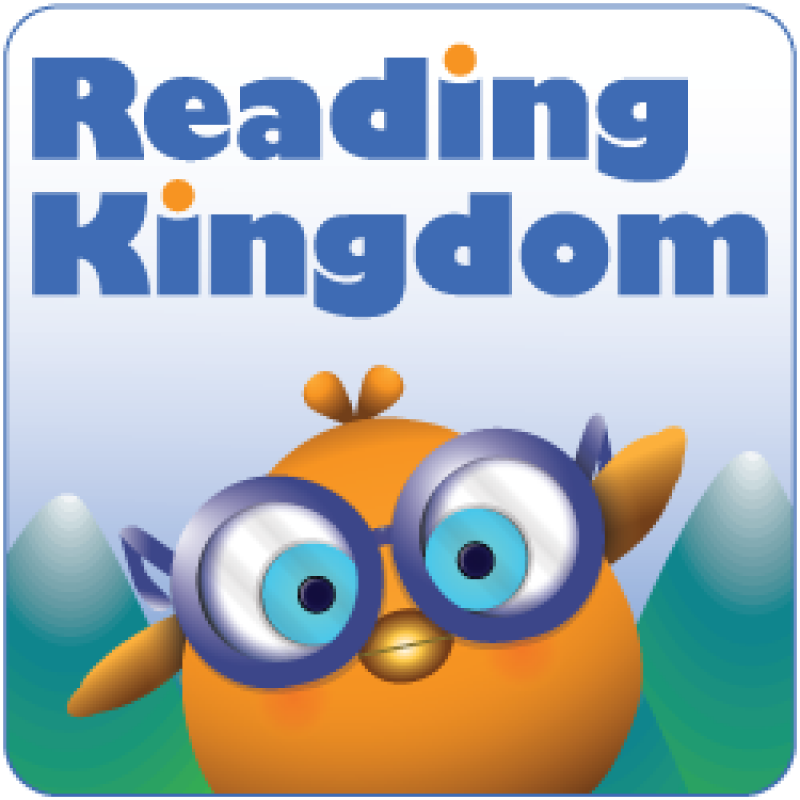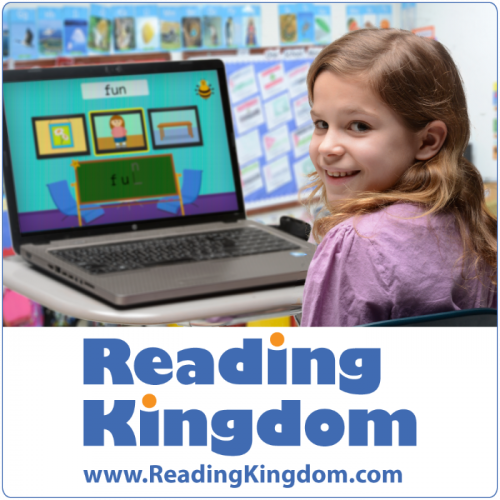
Reading Kingdom
Reading Kingdom teaches students to read and write with comprehension at a 3rd grade level (Lexile 750). The online platform has a starting test, and the results are used to optimize the learning path for the student. The program has a clear structure and study goals, which can be taken into use both at schools and homes.
Reading Kingdom’s innovative teaching techniques are based on a new “Phonics-PLUS” six skill model of reading instruction and do not rely solely on phonics-based decoding approach.
The pedagogical analysis covers how the product supports learning of the identified skills. The student’s role is assessed by four contrary pair parameters, which are selected to cover the most essential aspects on the use of the product.
The following are the high educational quality aspects in this product.
The supported learning goals are identified by matching the product with several relevant curricula descriptions on this subject area. The soft skills are definitions of learning goals most relevant for the 21st century. They are formed by taking a reference from different definitions of 21st century skills and Finnish curriculum.



User reviews for Reading Kingdom
You need to log in to post a review.